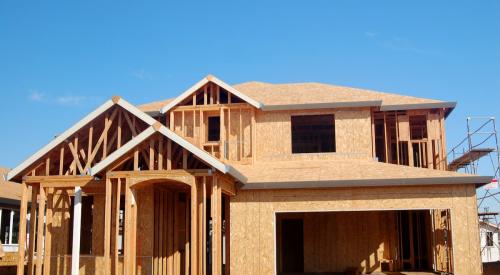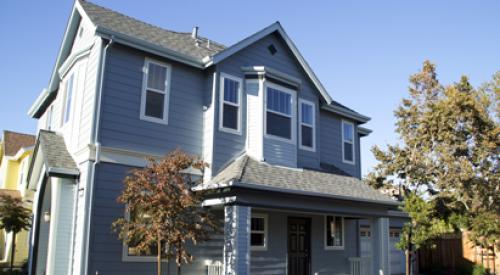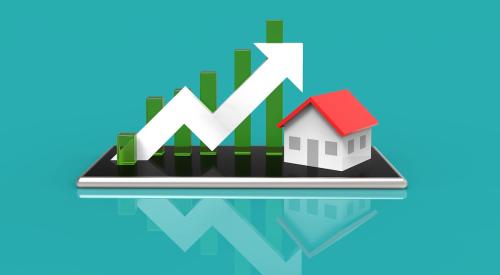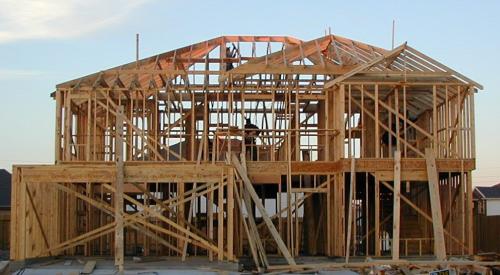Predicting the Future is tricky business. Last year, housing experts uniformly predicted that home building would come off its hot streak, but record results proved them wrong. Now they agree that decline will come this year.
According to the NAHB, 2005 will show a modest decline in total housing starts from 1.95 million to 1.88 million (including 1.55 million single-family homes); and decline in unit sales of roughly 4% , to 1.14 million units. Predictions vary, such as Fannie Mae's predicted new-home sales decline of 6+% to 1.11 million units, but "NAHB and Fannie Mae would view these as very similar forecasts," says David Berson, Fannie Mae's chief economist.
Still, the best and brightest minds could be wrong... again.
"All the experts and pundits, including myself, got it wrong last year," says David Seiders, NAHB's chief economist, on the industry's happy "2004 surprise." NAHB predicted 1.68 million housing starts in 2004. The low housing forecasts are owed to missed predictions of unexpectedly low long-term interest (and in turn mortgage) rates, which are based on the market vagaries of 10-year Treasury bond yields.
Last year, the U.S. economy showed signs of improvement and the Federal Reserve raised short-term rates. "Both of those factors would normally suggest higher long-term rates," says Michael Carliner, an economist in Seiders' group. "Instead, long rates remained very low and actually declined in the second half of the year, which we did not expect." Already in January 2005, he notes that long rates dipped to the 4% range, leading economists to rethink their predictions. "We think these low rates are probably not going to be sustained," says Carliner, "but if mortgage rates don't start to move up we'll adjust our housing forecast."
NAHB predicts a near one-point rise to 6.5%, which is expected to dampen mortgage demand, but be offset at least partially by optimistic U.S. employment news. Hence, the predicted soft-landing. Much will still depend on whether the high-productivity creates well-paying jobs, and assumes that new household creation drives new home buying.












